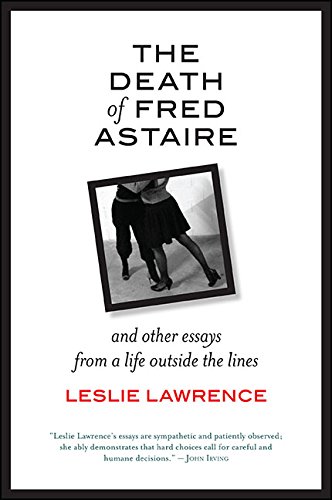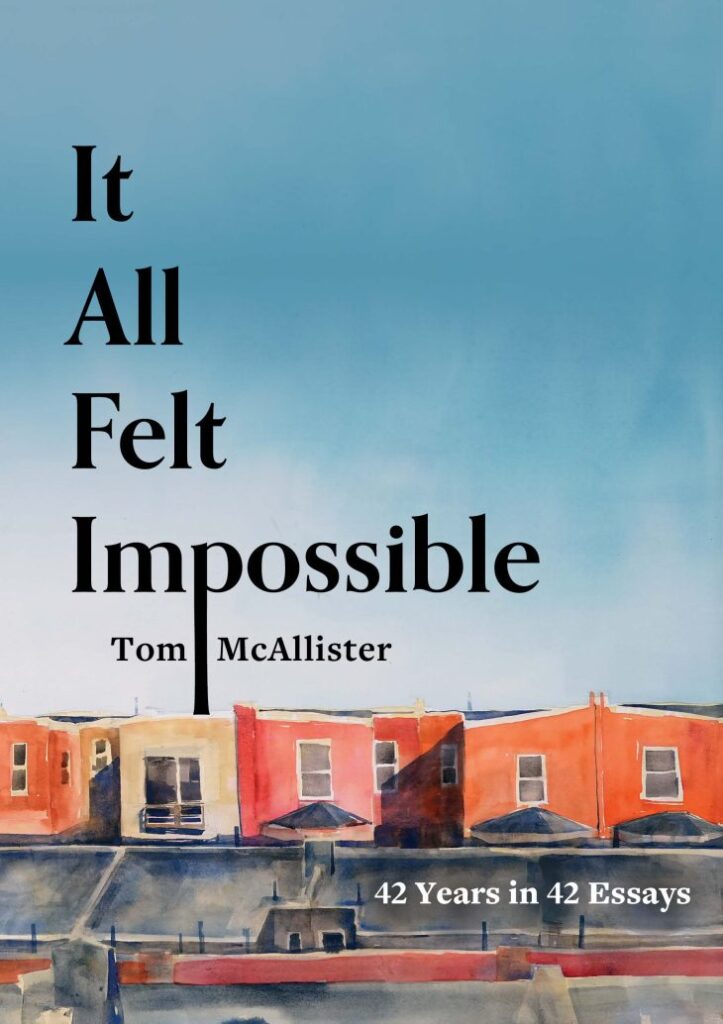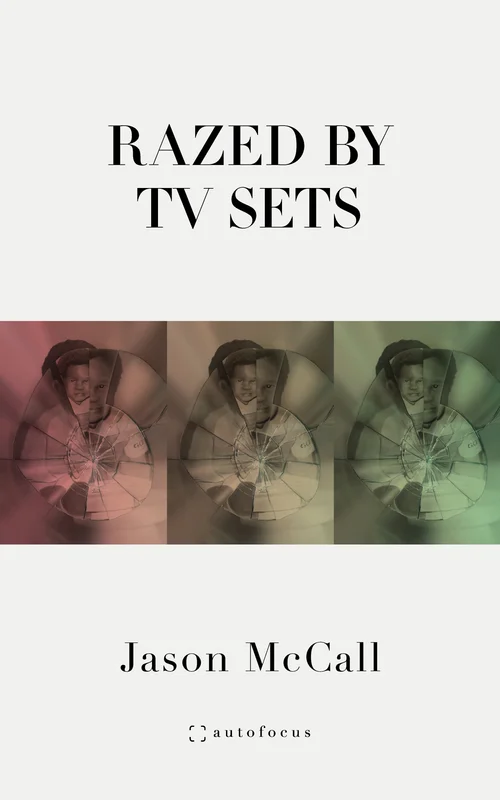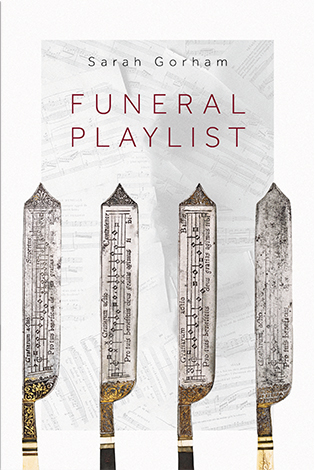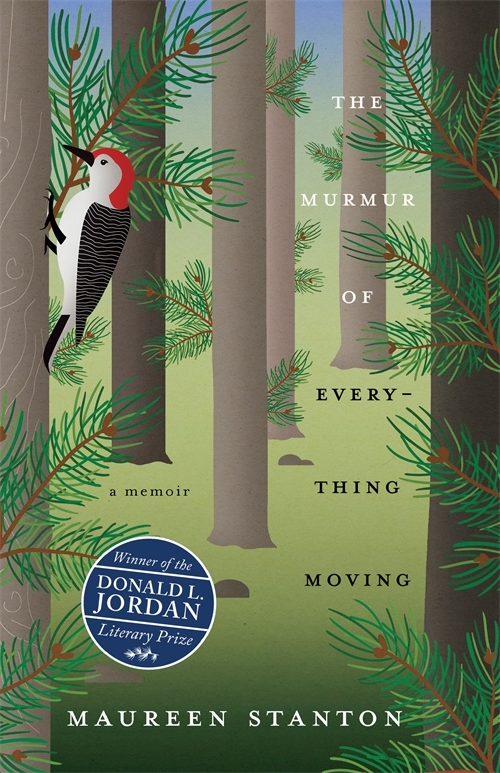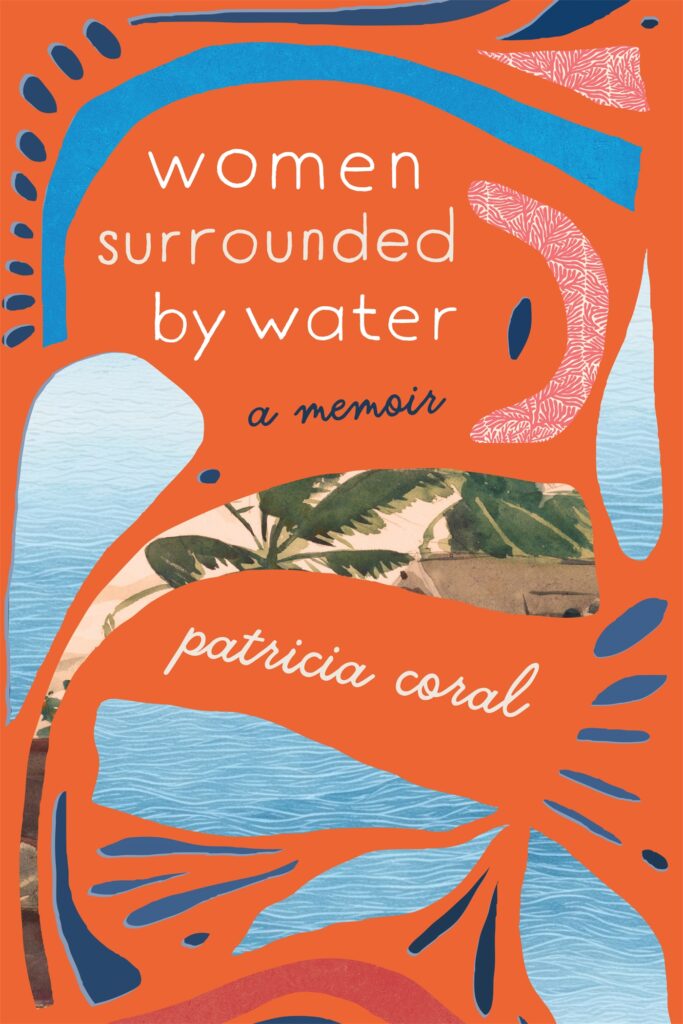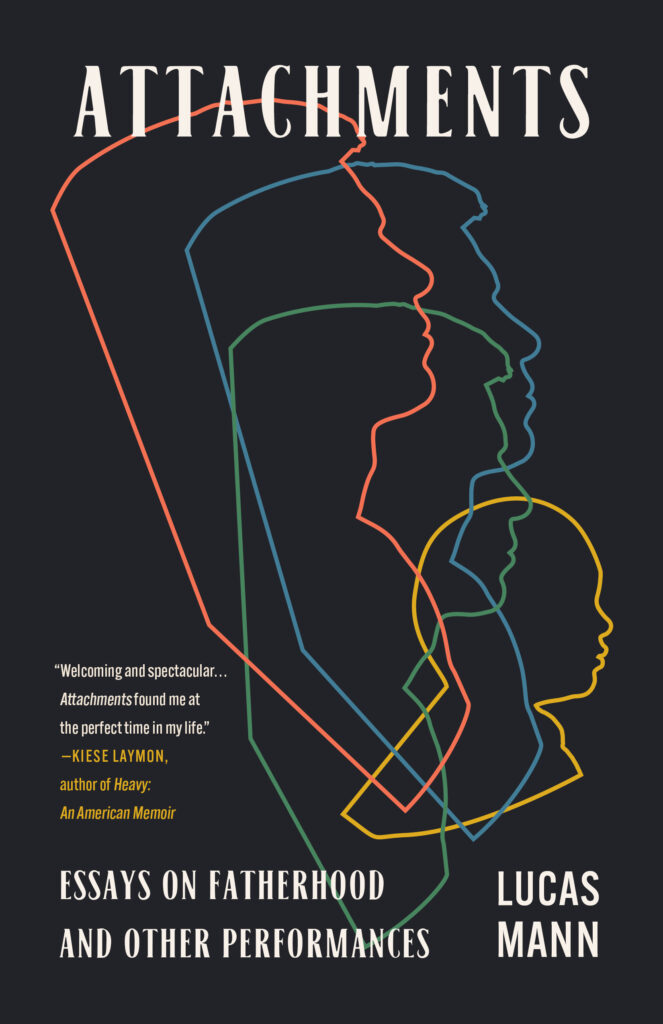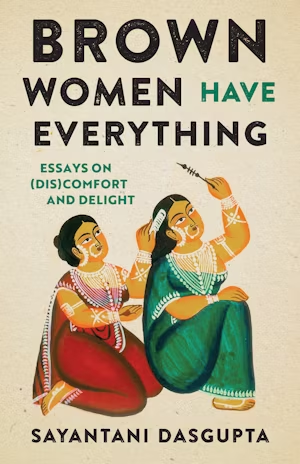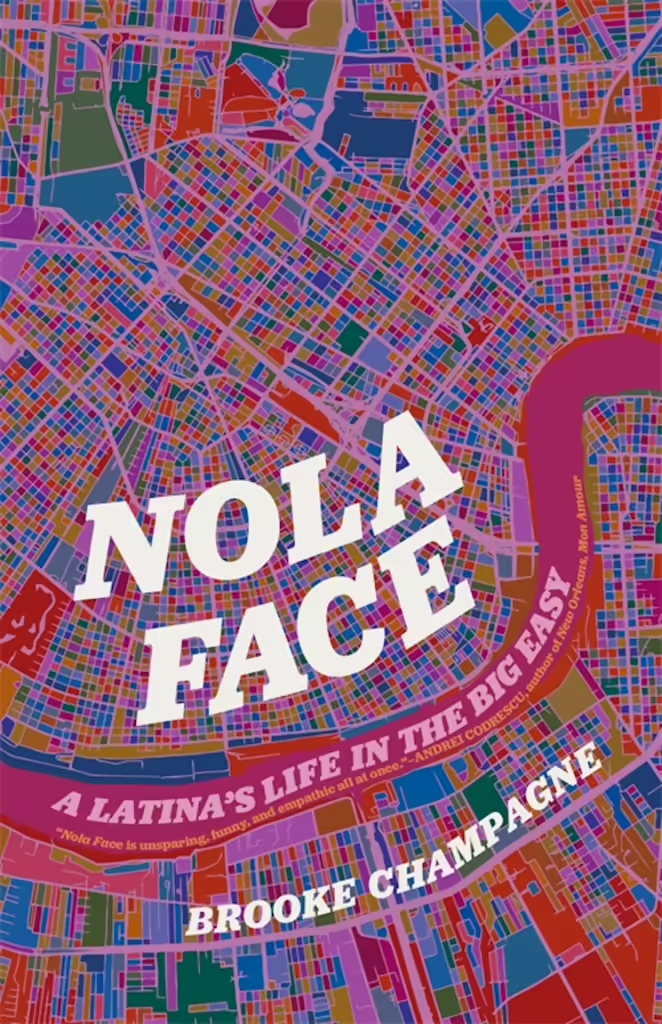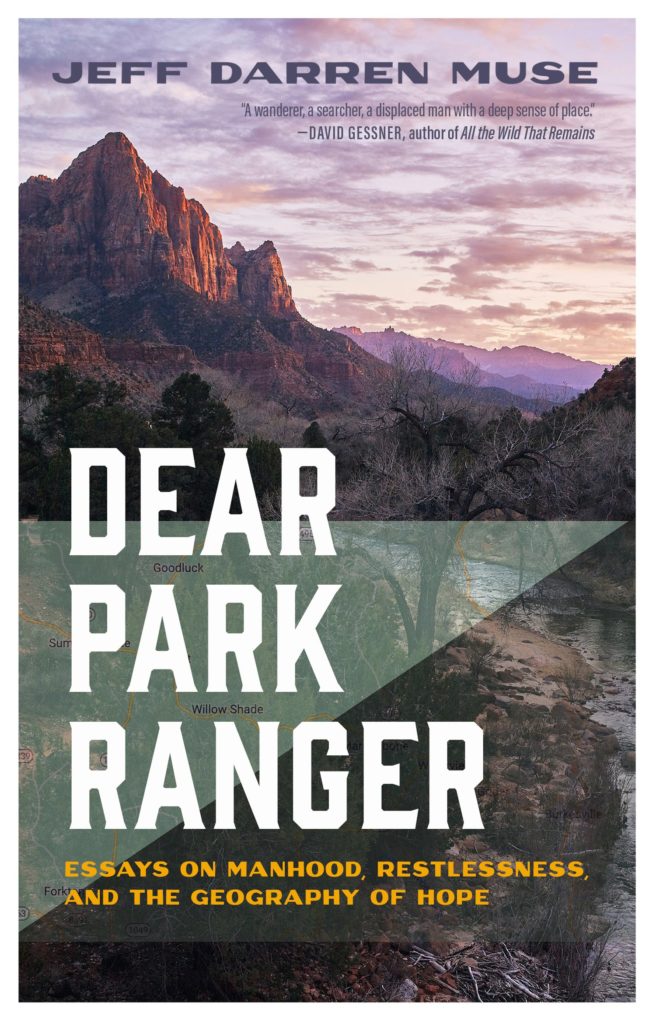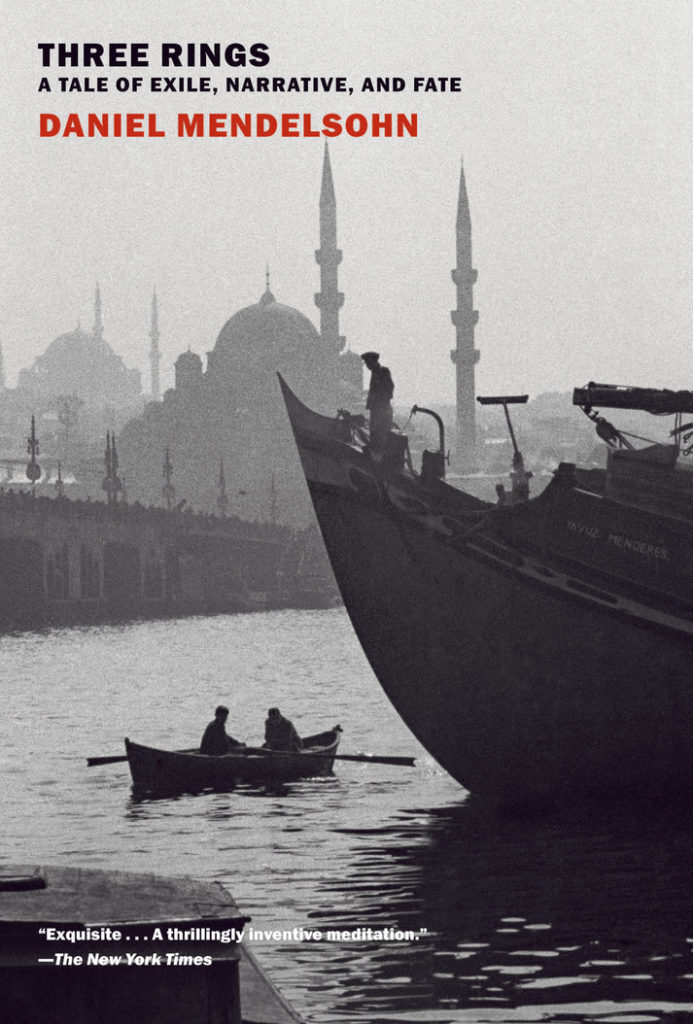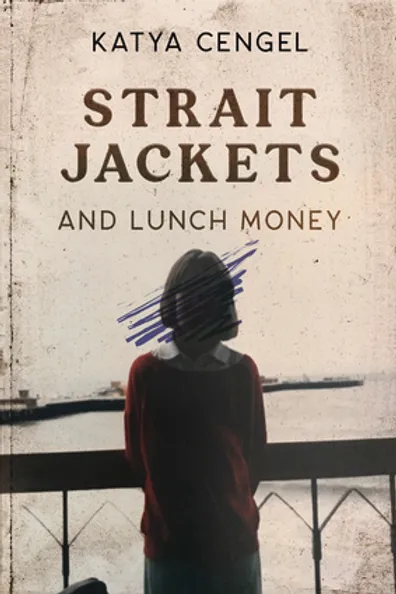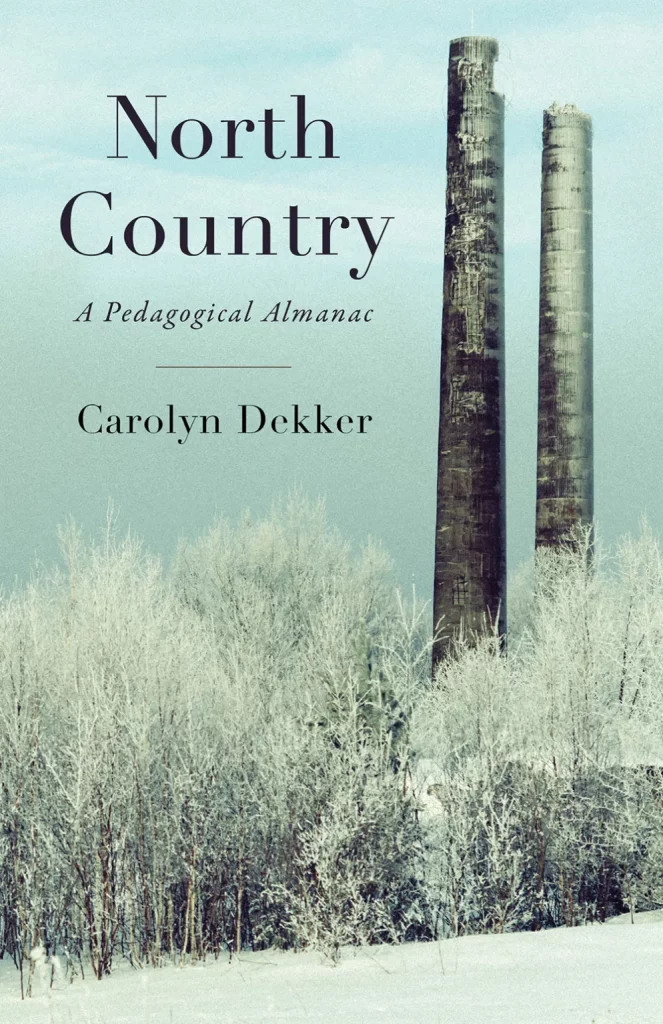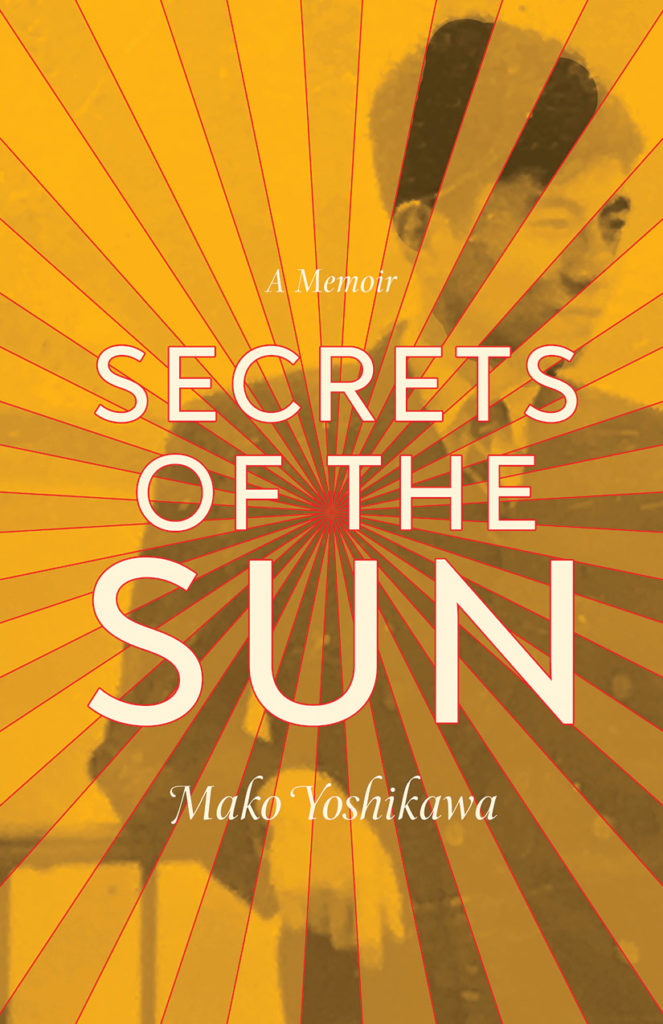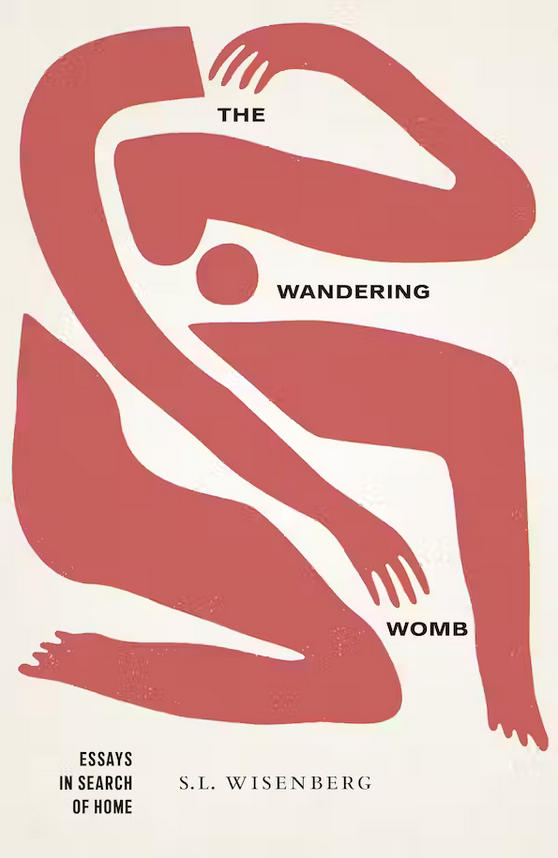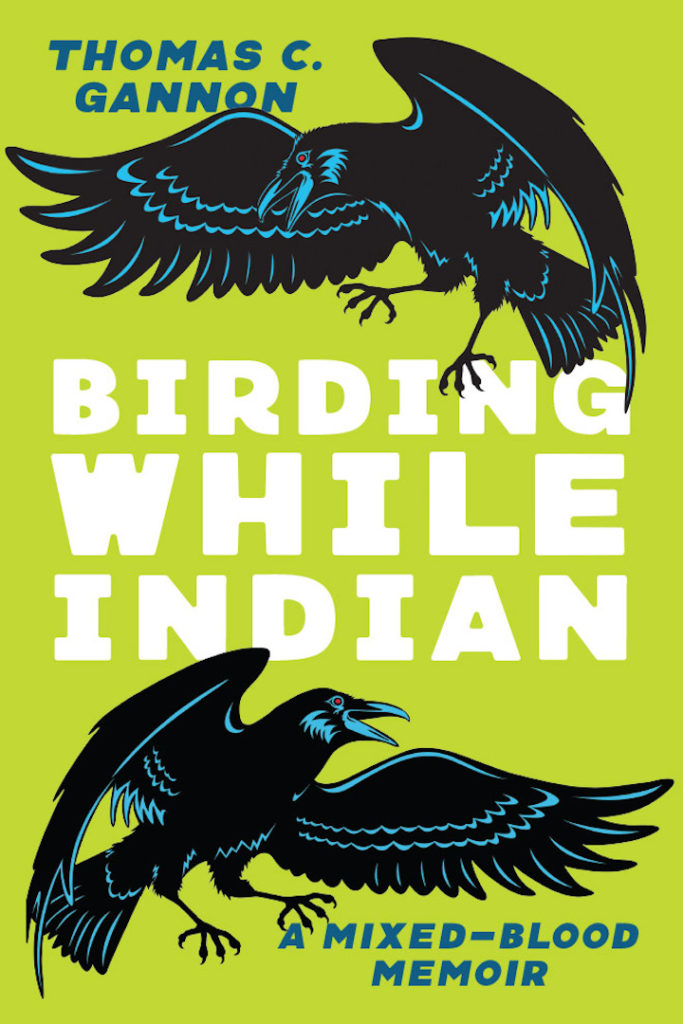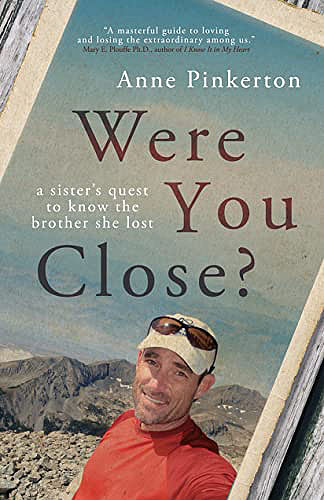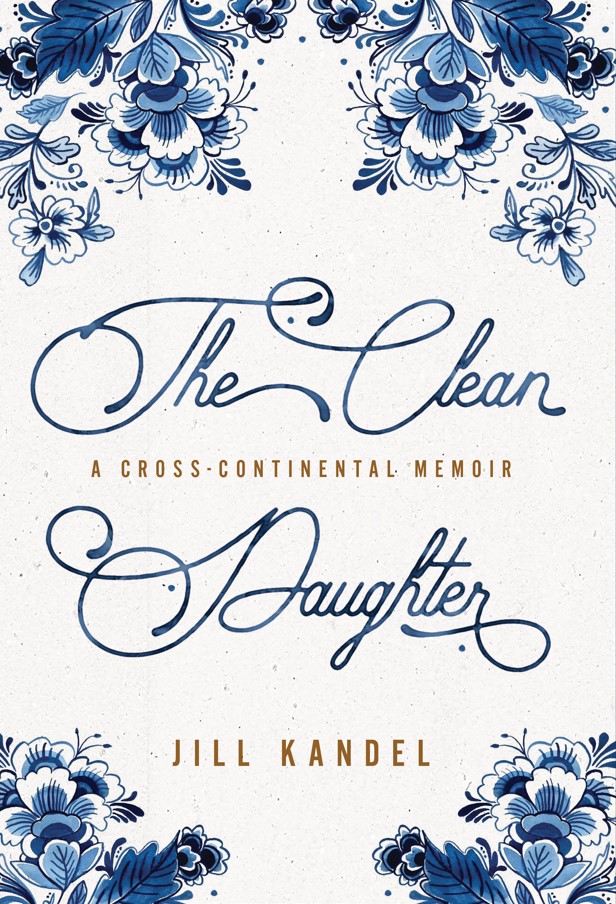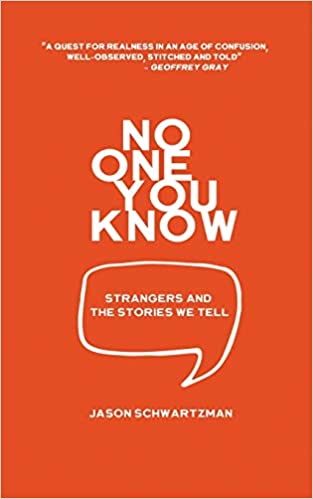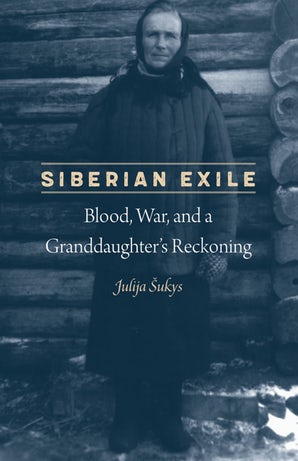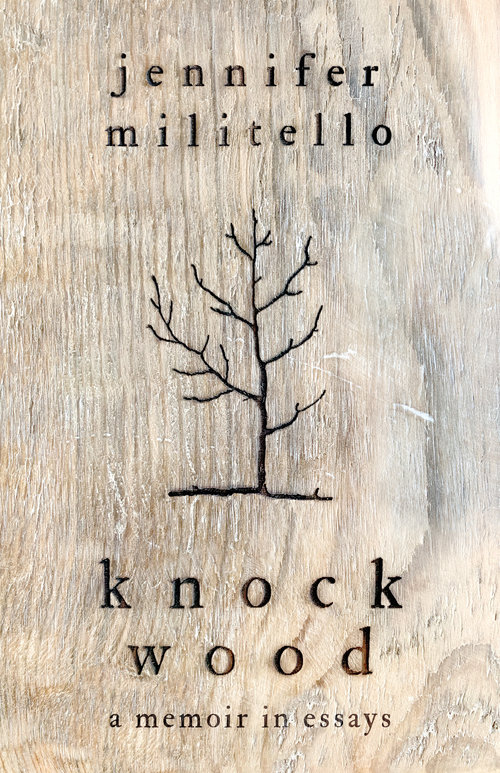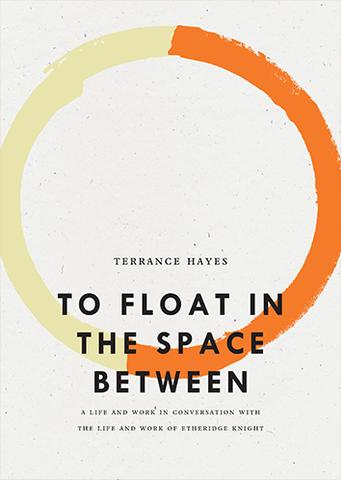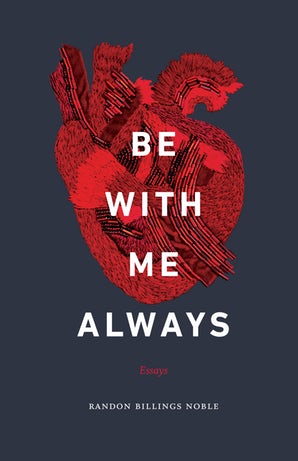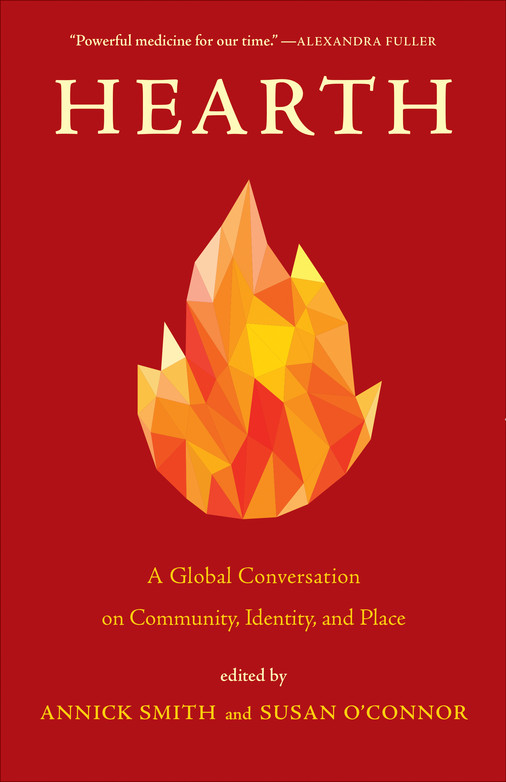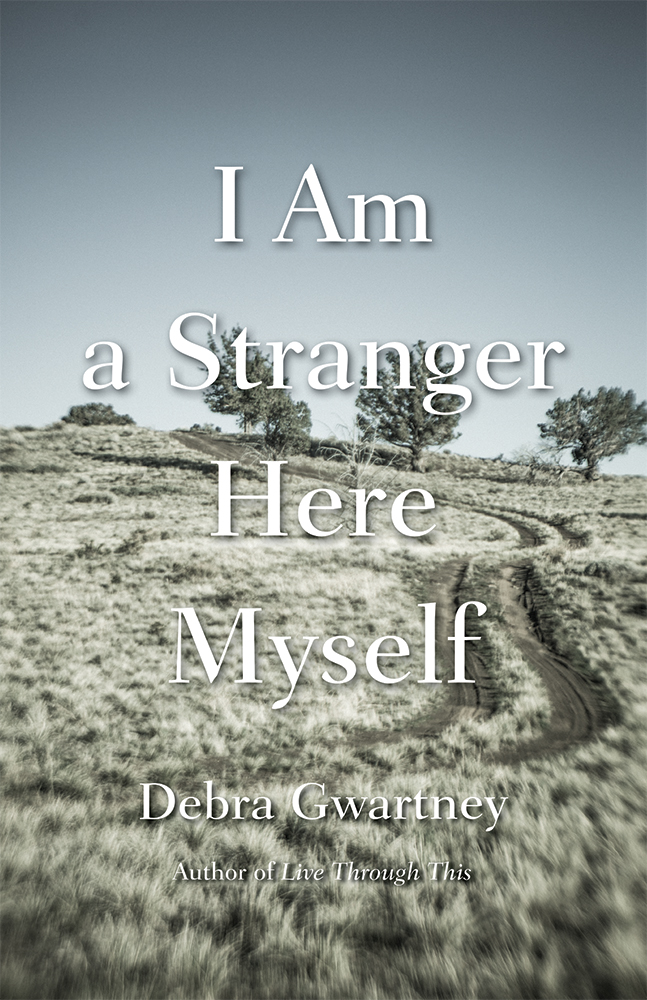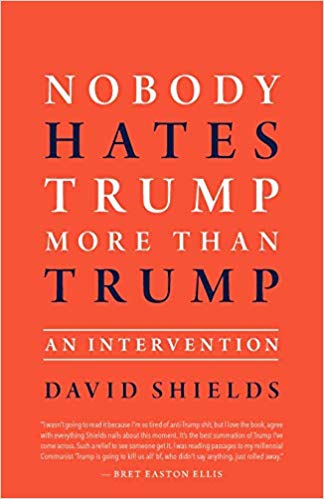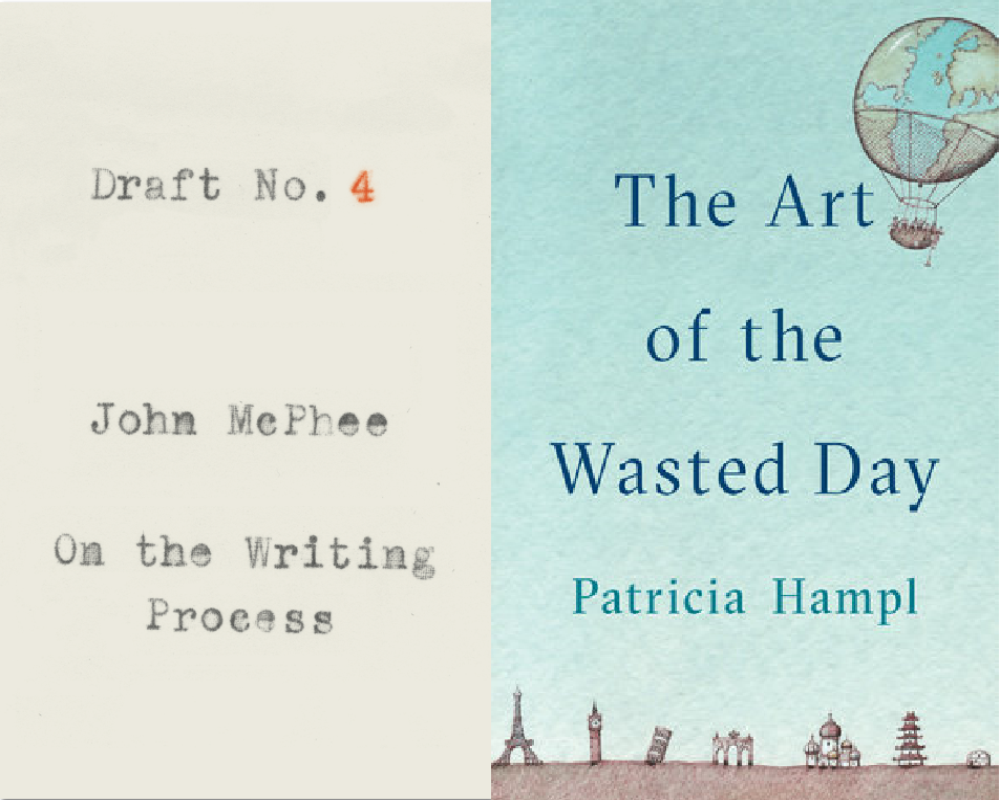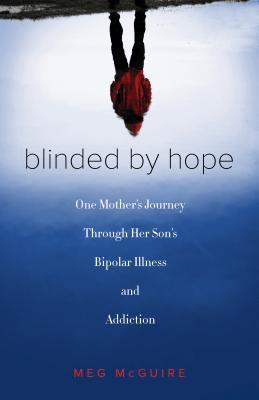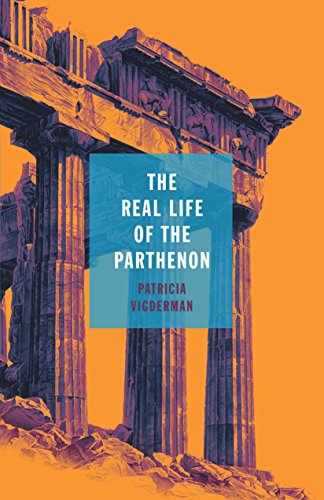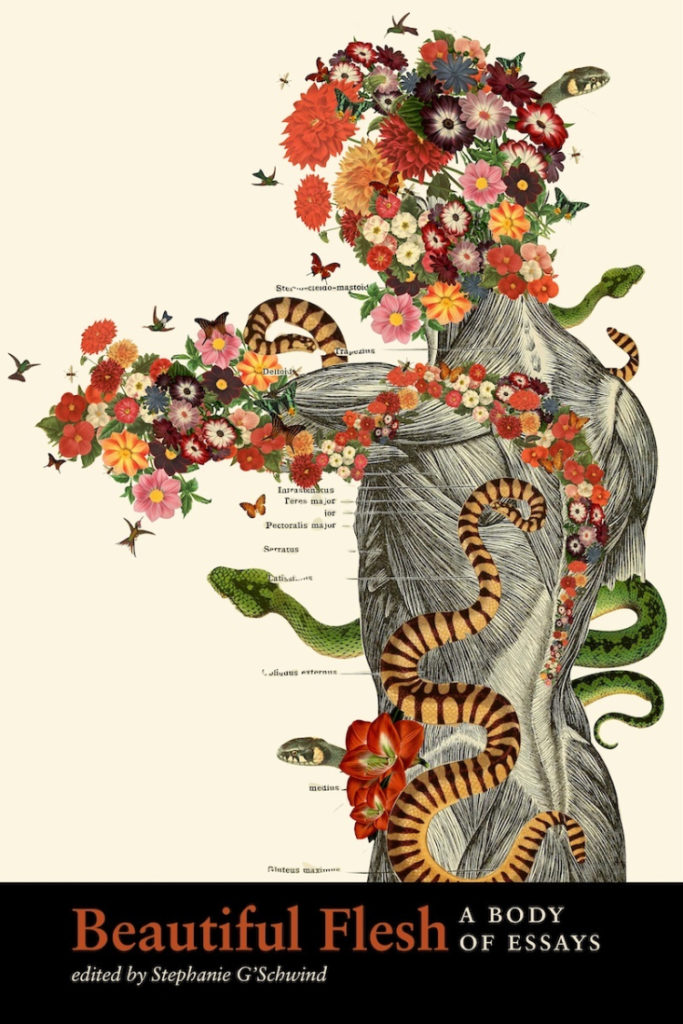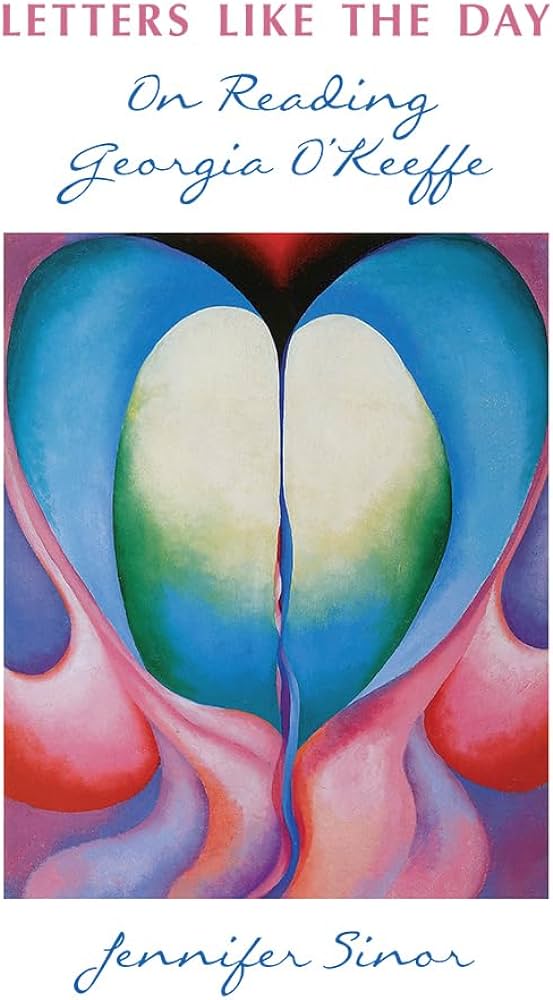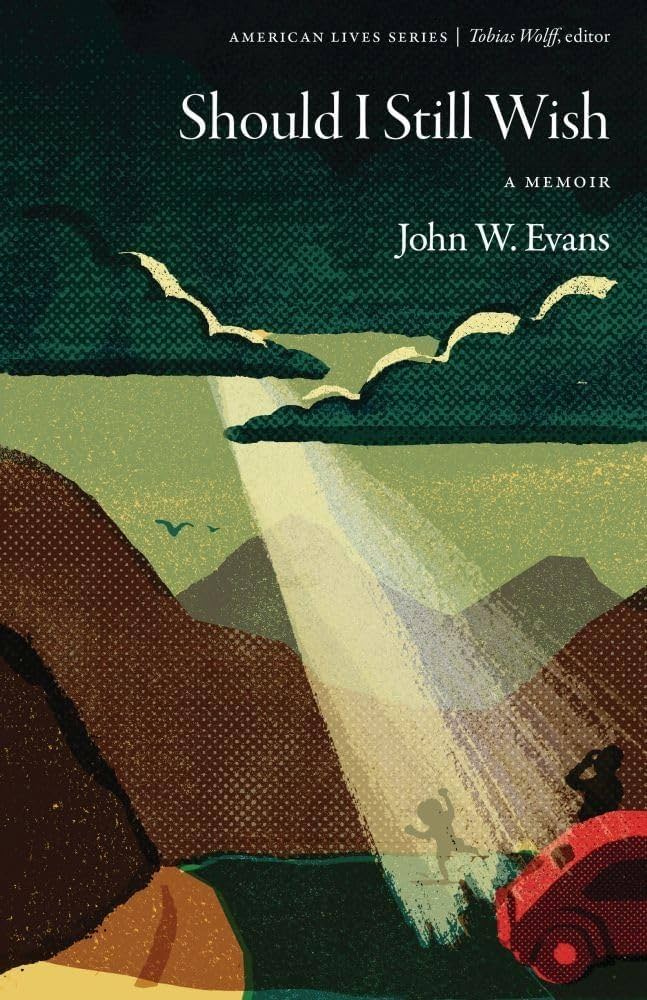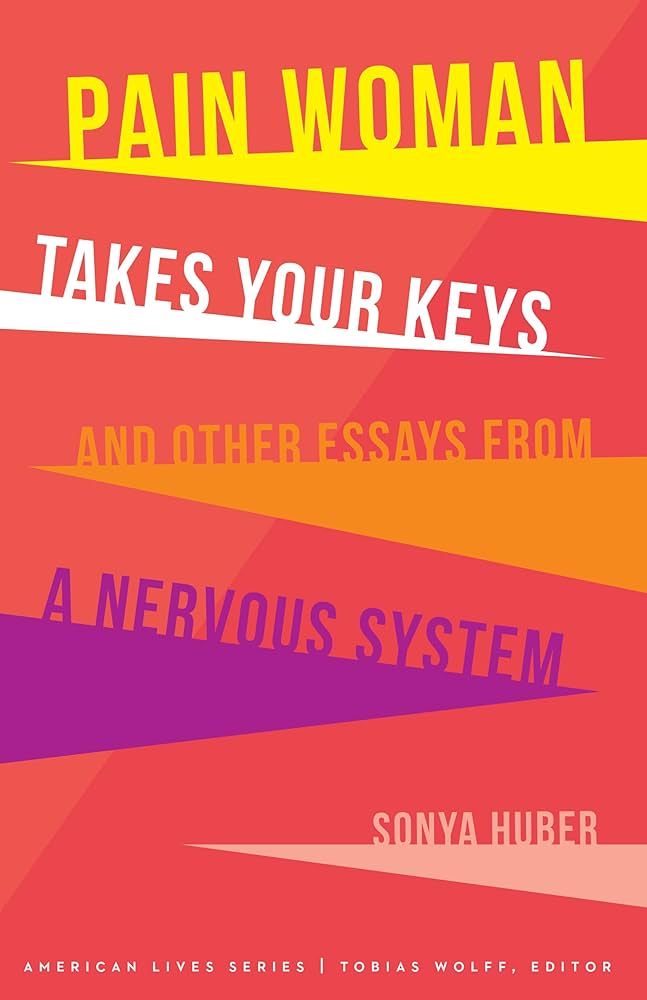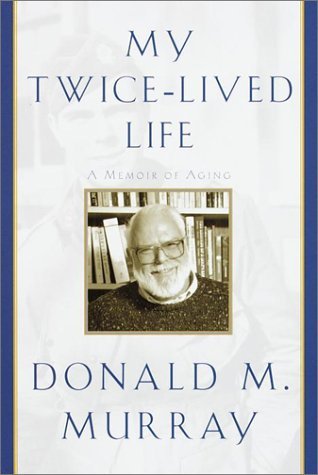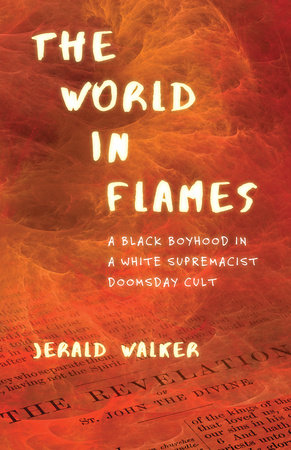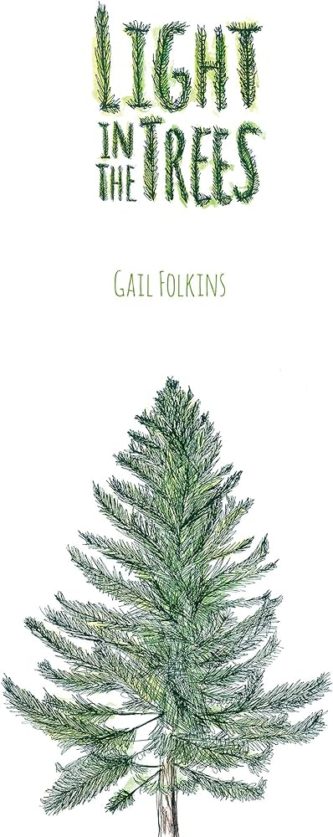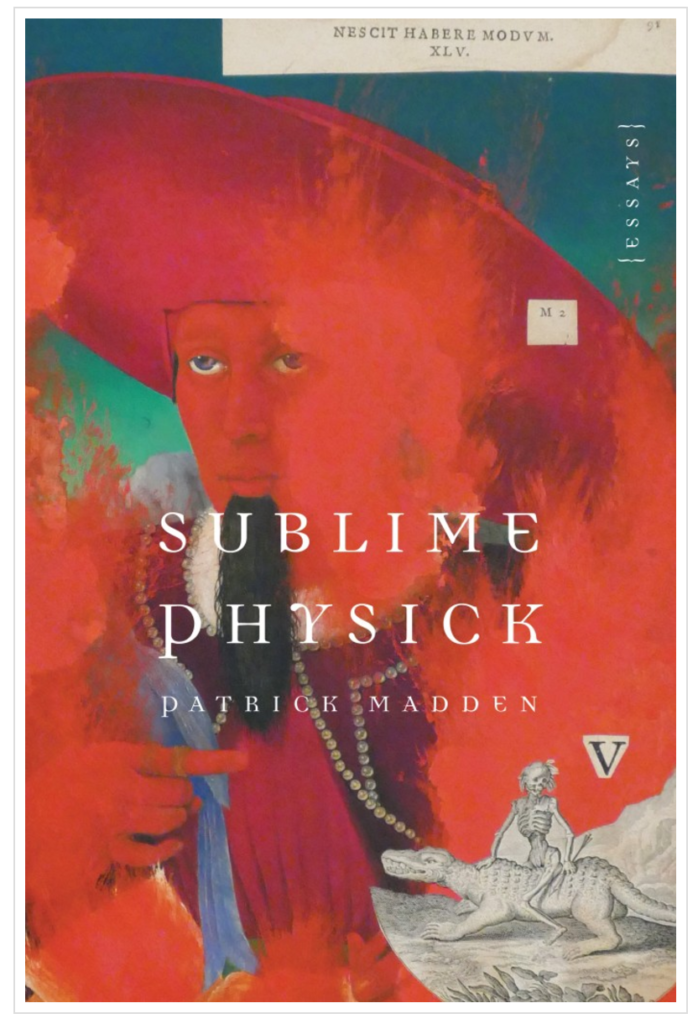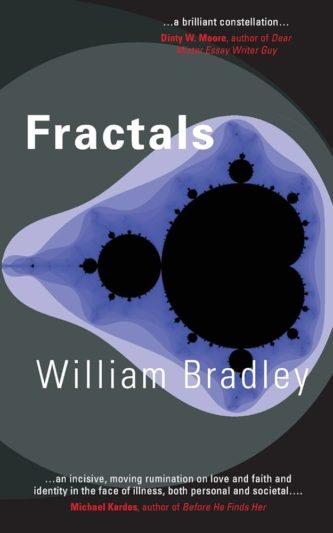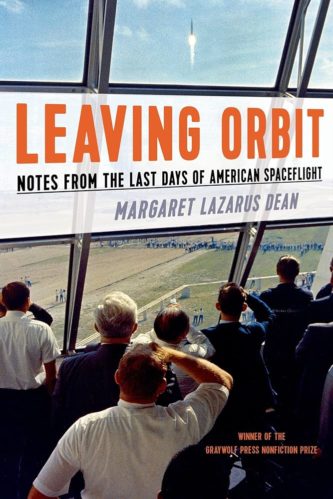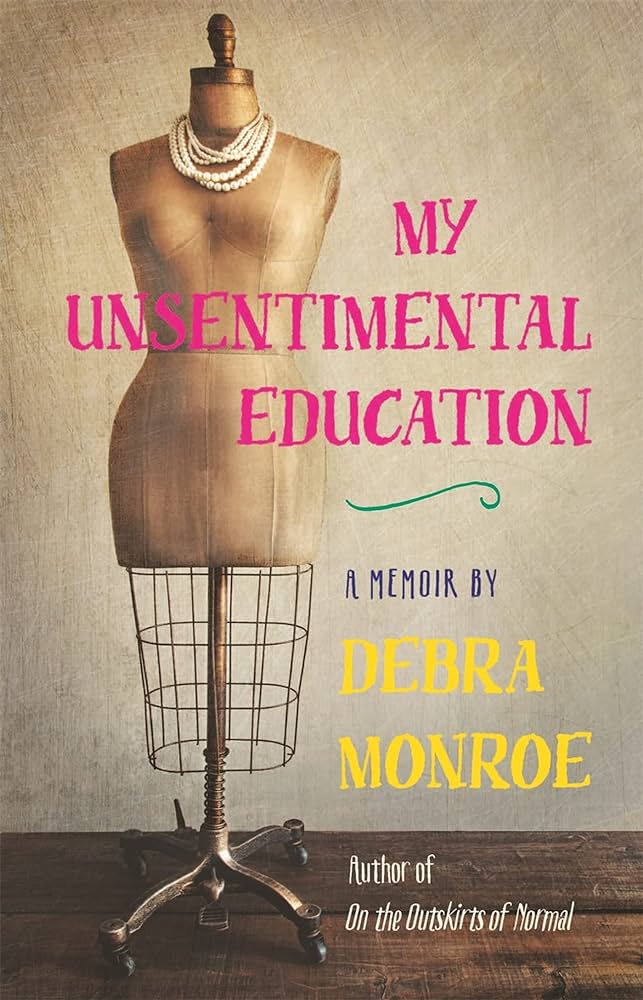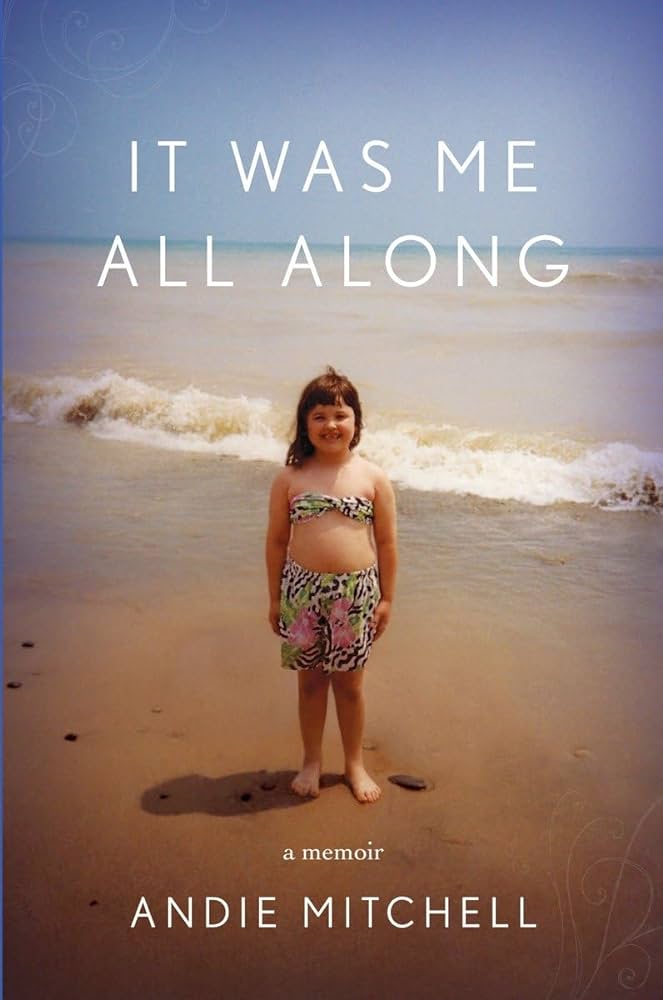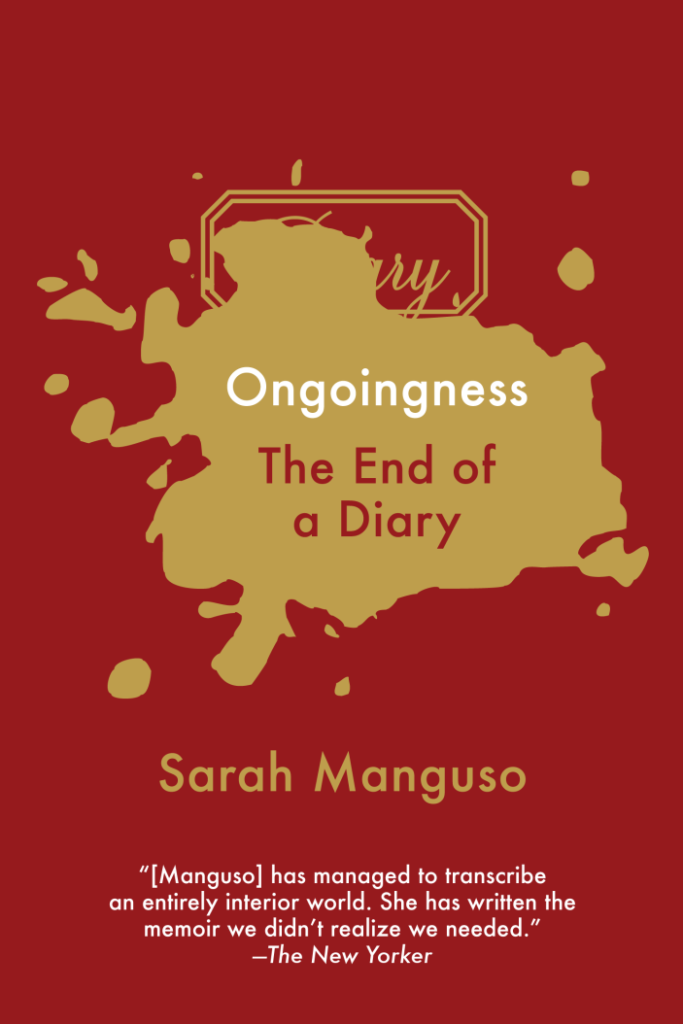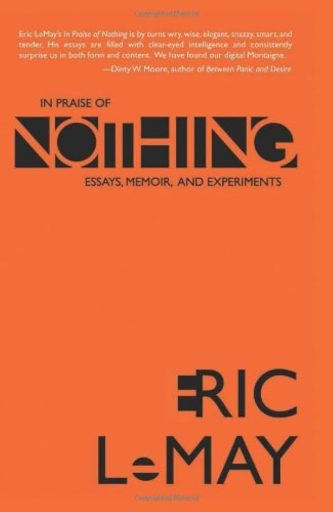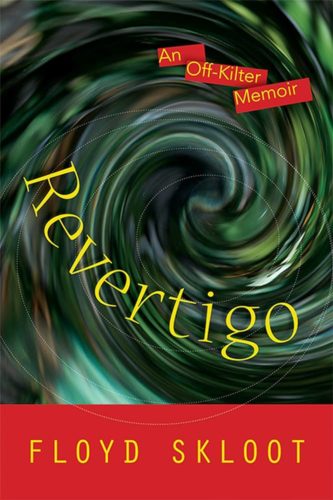By Sebastian Sarti
The Death of Fred Astaire: And Other Essays from a Life Outside the Lines by Leslie Lawrence
When the past doesn’t suit you, from what do you build the future? It’s a question that lumps at the throats of many twenty-somethings who know their lives will not follow those of their parents. Though Leslie Lawrence is well past her twenties, she uses the same question to animate her book of essays, The Death of Fred Astaire, an eclectic collection that ranges over decades of its author’s unexpected life.
Though the collection’s topics are too broad to encompass a single question or theme, the essays often touch on how people build a family for which they have no prototype. Having grown up in a conventional household with a loving father and mother, Lawrence has little to rebel against. She didn’t care for phrases like “overthrow the patriarchy” because she was always “Daddy’s little helper.” Yet she discovers that with women she feels more fully herself and more “deeply loved.” So, in her thirties, she makes a decision that rejects her parents’ traditions and sets the rest of her life on a different course.
Though she dated men for most of her youth, she falls in love with a woman, Sandy, and with her raises a child. She arrives at this decision hesitantly and struggles to tell her family. When she hears of her parents’ “disappointment,” “a relatively mild word, said in a mild tone,” she can’t bear it. But she forges on. At the same time, she watches a news broadcast of Fred Astaire’s death. When the newscaster declares it “the end of an era . . . Of style! Of dancing cheek to cheek!” she recognizes it’s the end of her expectations as well. All this occurs in the late eighties, so Lawrence must take the plunge at a time when same-sex marriage was not yet the law of the land and when homophobia was more common than it is today. From this leap of faith, she must begin redefining for herself what a family looks like.
In one of the collection’s strongest pieces, “Karl Will Bring a Picnic,” Lawrence merges her ancestry with her distinctly turn-of-the-millennium household. She tells the story of when her uncle Karl took a picnic with her son, Sam. As the “eager-to-please” niece, Lawrence places great stock in her uncle’s approval, and, as essayist, she mines the story’s importance. With a few shrewd details—his tendency to put “his own Karlish spin” on people’s names, his “rich, emphatical, musical” voice, and a few distinct lines of dialogue—she constructs a minor mythology around her uncle. So, when Sam claims Karl is a “genius at making people happy,” the compliment feels accurate, and when she remembers Karl’s quip about her unborn baby as “precious cargo,” the small gesture brims with significance.
While most of her essays focus on the family she builds and its relationship to the legacy she hails from, Lawrence also writes on the pleasures of breakfast, the joys of yard sales, the struggles of teaching, and her love of learning.
In “Provincetown Breakfast,” she narrates her traditional morning meal as a kind of mystical ritual. She provides an exacting description of the yogurt, Grape-Nuts, and fruit required for her daily breakfast. The care she gives to the breakfast’s minutiae elevates the bowls of grain and dairy to a spiritual feast and makes the essay an immersive, sensory read. Telling us of the breakfast’s romantic origins, she extols us to “think Matisse” when choosing the fruits and their colors, sparking images of bloody pomegranates and bruised blueberries atop cream-white yogurt. The descriptions accrue until the moment when her partner, ill with cancer, can no longer eat the meal; because of the richness and rigor of Lawrence’s descriptions, the abandonment carries the weight of a minor tragedy.
Essays like “Provincetown Breakfast” and “Karl will Bring a Picnic” thrive on their glancing approach to their subject matter. Another standout piece, “On the Mowing,” follows the same circuitous route to its loftier concerns. Ostensibly about her summer home in New Hampshire, the essay’s title, and the home’s charm, derive from the expansive field on which the house sits, a field that is “irregularly shaped, climbing and dipping and climbing again,” a view you can’t take “all in at one glance or guess how far it went.”
Originally an homage to the summer home, the essay evolves into an exploration of Lawrence’s worries about the mowing’s future and eventually to her anxiety about the future’s encroachment on her past memories and all that will be lost as a result. Lawrence makes repeated reference to her partner’s lingering ovarian cancer, but the essay never becomes morbid. She grounds her reflections in descriptions of the mowing’s inherent beauty, of its tall grass “swaying in the bluesy spring wind” and the “operatic battles” between the sun and the clouds. Anchored in the details, her reflections are saved from becoming thoughtless clichés on time’s passing.
Though Lawrence writes engaging anecdotes that allow for specific places and people to take on greater significance, her essays struggle when they approach their themes more directly. Her essay on education trades in well-worn accounts of privileged do-gooders being in over their heads when they try to help disadvantaged youth. She writes about the months she worked as a substitute teacher at an underserved high school and of her woes and occasional triumphs with her students. Though the children’s personalities occasionally emerge, the essay’s principal theme blots out each kid’s uniqueness, reducing them to representations of lost teens.
Though she notes one student’s “mastery of the hierarchy of Honduran peppers” and another student’s “embodied knowledge of Cape Verdean” rhythms, Lawrence does not fully establish her students as individuals. They never escape the well-meaning lens she frames them with; they remain troubled children who need all the help they can get. Whereas her stronger themed essays emerge from scenes and characters, the details in the education essay feel reverse-engineered to fit the themes. Maybe it’s because the children are only in her life for a few months while her summer home, breakfast, and uncle are present for decades, but without the lovely particularities of the others. Such writing is didactic rather than insightful.
Regardless of the topic, Lawrence has a clear, direct style that makes for believable characters and lively scenes. She’ll often detail a scene, and then, in case the scene wasn’t clear enough, she’ll tell us what she learned or thought of it. After a celebration of a friend’s fiftieth birthday, she describes how earlier moments felt. “We didn’t get it all,” she says, “but the lives we’ve lived feel like our own, and, often enough, they’re filled with laughter.”
Unmoored from Lawrence’s day-to-day experiences, the accessible voice struggles to connect. Her attempts at abstractions lend themselves to broad generalities. Her essay on cross-dressing one night, for example, leads to the dull conclusion that men have advantages over women and, unsurprisingly, that Lawrence can only feel like herself when dressed as a woman. However, when applied to Lawrence’s family and romances, her plainspoken voice heightens the immediacy of the scenes she communicates.
Putting aside the few essays whose lessons are both obvious and overdetermined, The Death of Fred Astaire gives a warm, personal examination of the quiet thrills of an unexpected life. Written across the last three decades, these essays serve as an accidental testament to the period’s shifting mores, particularly to a new definition of family and to the extemporaneous joys of intimate experience.
SUNY Press/Excelsior Editions
$32.95 Paperback | Buy Here!
Sebastian Sarti has had previous reviews in Word Riot, Drunken Boat, The Rumpus, and Chicago Review of Books, among others. He lives in New York.

